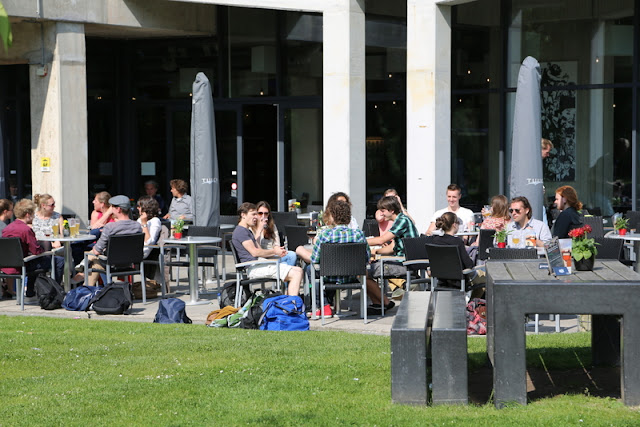For me, the VPRO is one of the few public broadcasters left in the Netherlands. That means they are doing programmes that have a high public value to society rather than just trying to entertain us to death. Really fed up with all the mindless quiz shows, talent contests and general amusement designed to amuse me between commercial breaks and news bulletins. Last year they ran a series called The Netherlands from above, combining spectacular helicopter shots into an engaging narrative. Then, just like the BBC did with its series about Silicon Valley and startups, the VPRO put up sections of raw footage and invited the public to mashup the material into their own YouTube videos. They have been strict in requiring the public keep a huge VPRO bug in the picture and forbidding commercial use of the material (unless you do a deal). I believe they could have been more subtle - a bit like the BBC did. Some of the 25 submitted videos are in a special YouTube channel and the experiments that people have made with tilt-shift have resulted in some rather interesting variations on the original. 10 clips, each of around 16 minutes of material, are sitting here. They make quite an interesting programme capsule in themselves, even if there is no sound.
A new series of 10 episodes starts November 14th 2013. In the meantime, let's hope there are at least a few days of summer for them to capture some more of these spectacular shots of the lowlands. Wonder if they will head further South this time. I see a lot of shots of Amsterdam and Rotterdam. Much less of Maastricht, Eindhoven or Nijmegen.
There is a rollercoaster at an amusement park on the Flevopolder. These are shots of the Goliath. To capture these shots requires a huge amount of concentration and planning...respect!
Update: some people asked me which BBC series I was referring to. The answer is The Virtual Revolution. Clips, like the one below, are still online.






















